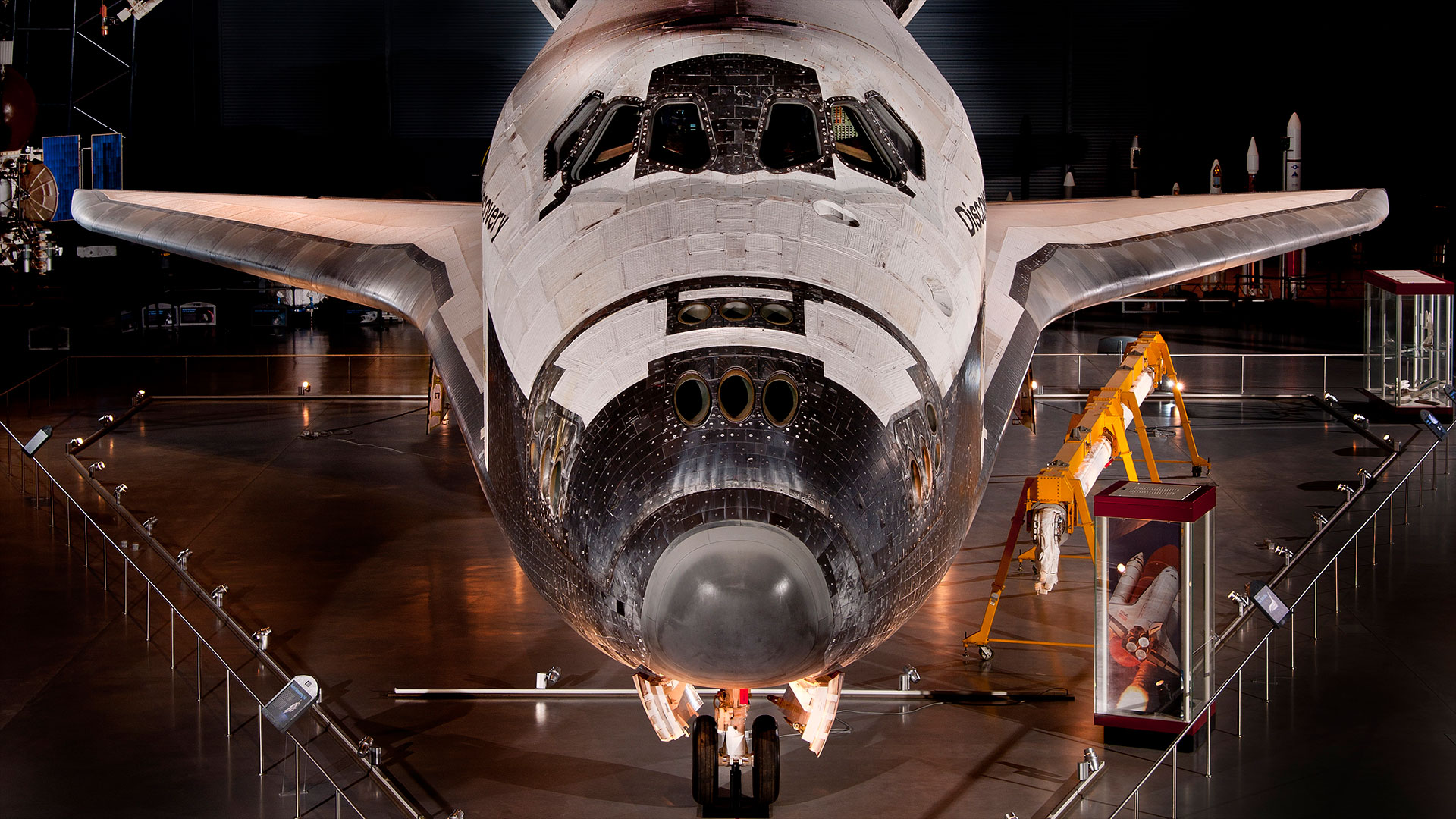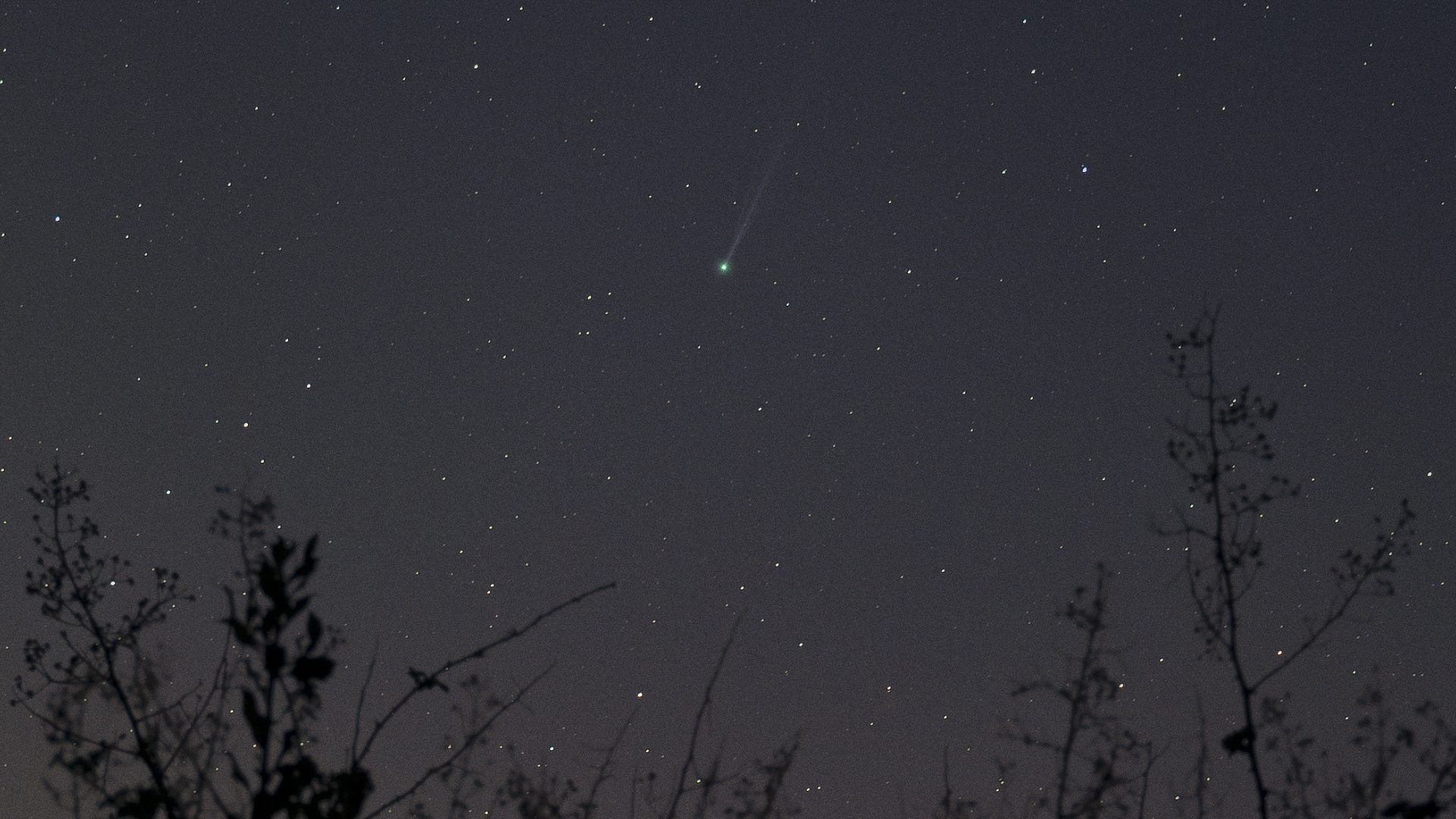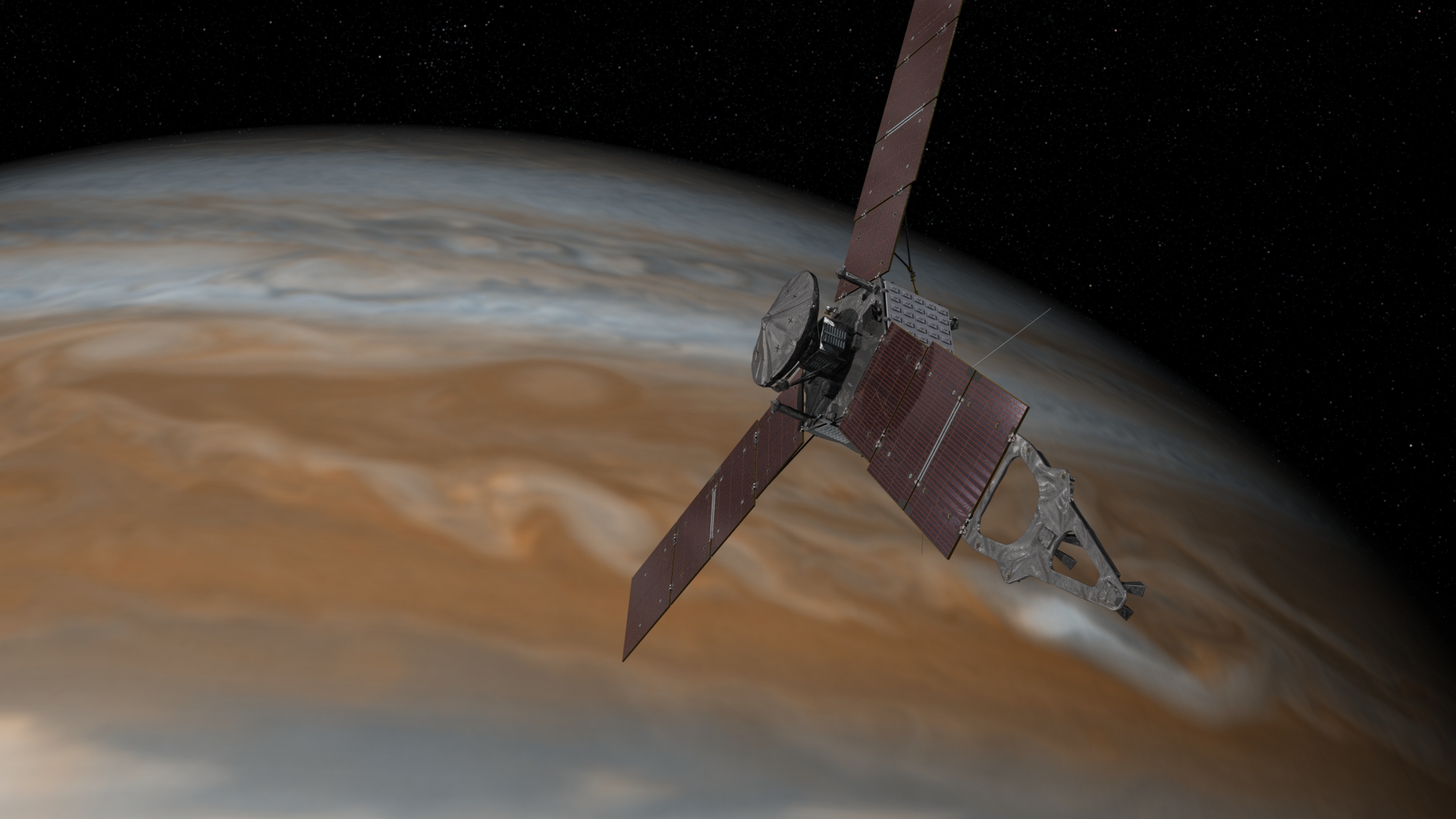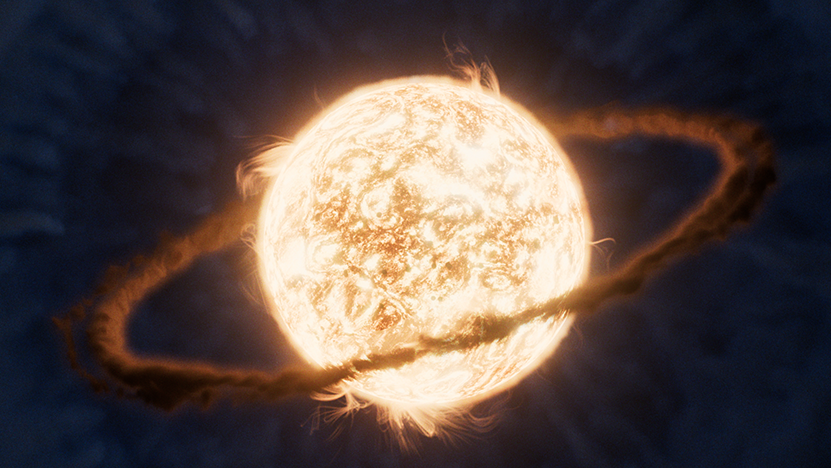New Mars terraforming idea: engineered, heat-absorbing dust nanoparticles
'This research … potentially brings us one step closer to the long-held dream of establishing a sustainable human presence on Mars.'
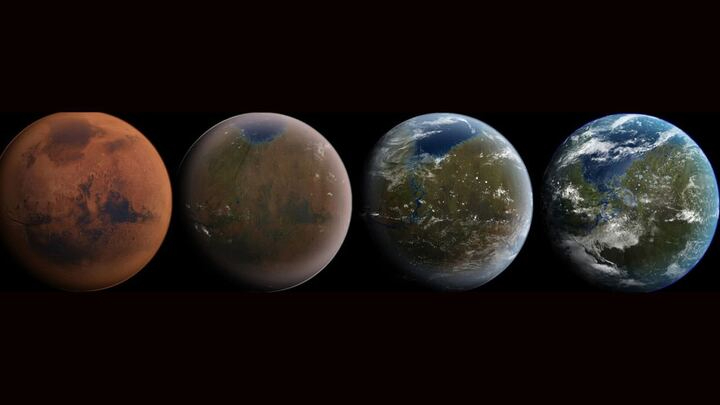
The terraforming of Mars could be kickstarted using artificially engineered dust particles sourced from the Red Planet itself to raise temperatures by more than 50 degrees Fahrenheit (30 degrees Celsius), a new study suggests.
Currently, the average temperature on the surface of Mars is minus 80 degrees Fahrenheit (minus 60 degrees Celsius), and the atmospheric pressure is just 6 to 7 millibars, compared to the 1,013 millibars at sea level on Earth. The thin Martian atmosphere is unbreathable, composed of mostly carbon dioxide, and the planet's water is locked up as ice in the polar caps and in subsurface layers of ice found mostly at high and middle latitudes.
So, as things stand, Mars is not hospitable to human life. But interplanetary explorers dream of making it habitable by artificially changing conditions on the Red Planet, in a process known as terraforming.
Mars' natural greenhouse effect only warms the planet by about 9 degrees Fahrenheit (5 degrees Celsius), so the first step to terraforming Mars is to increase the amount of greenhouse gases in the atmosphere. Various methods have been proposed, ranging from the impractical — slamming asteroids and comets into the surface to release water vapor and other warming gases — to the merely daunting, in the form of building huge factories that belch out CFCs (chlorofluorocarbons). Since fluorine is rare on Mars, some 100,000 million tons would have to be imported from Earth to make CFCs on the Red Planet, which would incur huge launch costs.
Related: We could terraform Mars with desert moss — but does that mean we should?
Now, researchers led by Samaneh Ansari of Northwestern University in Illinois have proposed another way of warming Mars. It's more feasible, they say, because it uses resources already available on the Red Planet, and is 5,000 times more efficient.
Mars has lots of dust. When dust storms brew up, they can engulf the entire planet, but the size and shape of the grains mean that the airborne dust has a cooling effect on the planet. However, various Mars rover missions have found that Martian dust is rich in iron and aluminum. These materials could be engineered to create tiny particles called nanorods that are shaped to better trap escaping thermal infrared radiation and scatter sunlight back down to the surface, the researchers say.
Get the Space.com Newsletter
Breaking space news, the latest updates on rocket launches, skywatching events and more!
Nanorods would be tiny, about 9 millionths of a meter in length — about the same size as commercially available glitter — but would be designed to be half the wavelength of thermal radiation so as to more efficiently absorb heat leaking away from Mars.
Ansari's team calculates that 700 million cubic feet (20 million cubic meters) of Martian dust would need to be processed each year to obtain 25 million cubic feet (700,000 cubic meters) worth of metals from which to manufacture the nanorods. This would require large-scale manufacturing equivalent to one three-thousandths of the annual metal production on Earth. The 3D printing on Mars of machinery to do this job could help keep costs down, while large lenses and mirrors could be used to focus sunlight to evaporate dust particles, isolating the metals so they can be extracted and turned into nanorods.
"You'd still need millions of tons to warm the planet, but that's 5,000 times less than you would need with previous proposals to globally warm Mars," said study team member Edwin Kite, a professor of geophysics from the University of Chicago. "This significantly increases the feasibility of the project."
Once produced, the nanorods could be emitted into the Martian sky at a rate of about 8 gallons (30 liters) per second (a garden sprinkler operates at about 0.26 gallons, or 1 liter, per second) via a pipe 33 to 330 feet (10 to 100 m) high, where updraft currents are strongest. If they could be released into an updrafting Hadley cell, that would be even better, as it would enable dispersion of the nanorods into both hemispheres, up to altitudes of 37 miles (60 km). The nanorods would have a lifetime of about 10 years in the Martian atmosphere.
Consequently, they would boost Mars' greenhouse effect and raise the surface temperature by more than 50 degrees Fahrenheit (30 degrees Celsius), according to the study, the warming effect becoming noticeable just a few months after the nanorods' release. While this still wouldn't make Mars warm enough for comfortable year-round human habitation, during the peak of summer (lasting about 70 Martian days, or 'sols'), it would allow liquid water to form in locations where there is shallow subsurface water ice and create conditions in which microbial life could thrive — and maybe even facilitate the growing of some vegetation brought from Earth.
"This suggests that the barrier to warming Mars to allow liquid water is not as high as previously thought," said Kite.
Plants could then begin to add oxygen to the atmosphere through photosynthesis, and hopefully create positive feedback processes by which the atmosphere gradually thickens and warms.
Related: If alien terraforming emits greenhouse gases, our telescopes could detect it
However, Ansari's team also warns that if Mars is found to have its own microbial life, then terraforming its environment could destroy that life. So the prospect of terraforming the Red Planet poses tricky ethical questions.
Intriguingly, Ansari's team also suggest that nanorods could act as a technosignature for astronomers hunting for evidence of intelligent alien life. The shape of nanorods means that they will reflect or scatter light with a preferential polarization. If an alien civilization is using nanorods, or something similar, to terraform a cold world in their planetary system, then this could be detectable by the way the planet's light is polarized.
Ansari's team stresses that nanorods alone will not make Mars comfortably habitable for humans. For one thing, they won't provide a breathable atmosphere.
"Nanoparticle warming, by itself, is not sufficient to make the planet's surface habitable again," the researchers wrote in their paper, which was published Aug. 7 in the journal Science Advances.
However, if everything works out, the "research opens new avenues for exploration and potentially brings us one step closer to the long-held dream of establishing a sustainable human presence on Mars," said Kite.
As the researchers wrote in their paper: "If a photosynthetic biosphere can be established on the surface of Mars, perhaps with the aid of synthetic biology, then that might increase the solar system's capacity for human flourishing."
Join our Space Forums to keep talking space on the latest missions, night sky and more! And if you have a news tip, correction or comment, let us know at: community@space.com.

Keith Cooper is a freelance science journalist and editor in the United Kingdom, and has a degree in physics and astrophysics from the University of Manchester. He's the author of "The Contact Paradox: Challenging Our Assumptions in the Search for Extraterrestrial Intelligence" (Bloomsbury Sigma, 2020) and has written articles on astronomy, space, physics and astrobiology for a multitude of magazines and websites.
